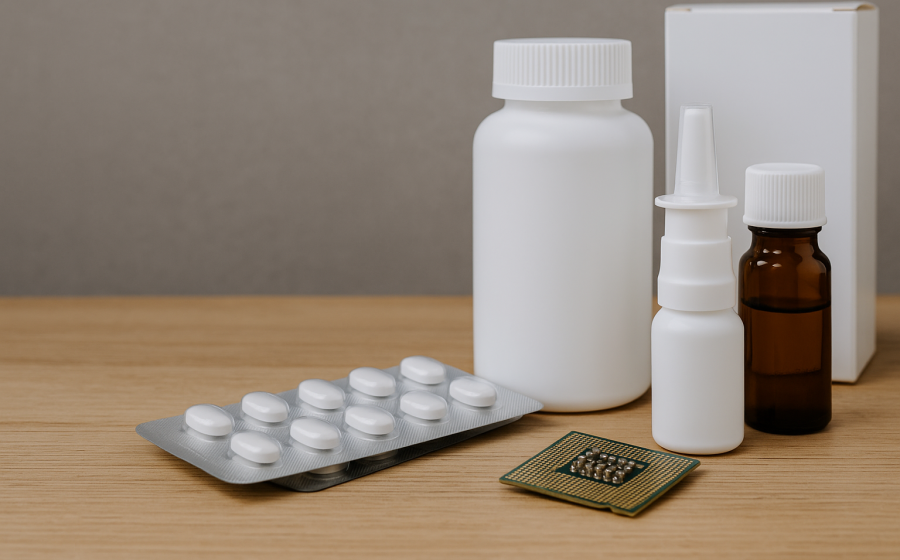
In the high-stakes world of pharmaceuticals, packaging is no longer just a protective layer — it’s a safety system, a data carrier, and a patient engagement tool. As regulatory demands rise and technology advances, the pharma industry in 2025 is witnessing a packaging revolution.
From tamper-evident mechanisms to smart sensor integration, here’s a deep dive into the top trends reshaping pharmaceutical packaging this year.
1. Tamper-Evident Packaging is Now Mandatory, Not Optional
With increasing concerns over drug counterfeiting and unauthorized access, tamper-evident packaging has become a regulatory and ethical necessity.
What’s Trending:
- Perforated seals and breakable caps
- Heat shrink bands with color-coded security
- Blister packs with peel indicators
- QR-verified closures for authenticity checks
2. Serialization & Track-and-Trace for Total Transparency
In 2025, serialization is standard across almost all regulated markets. But it’s not just about printing numbers — it’s about digital traceability.
What's new:
- GS1-compliant 2D barcodes on each saleable unit
- Aggregation from primary to tertiary packaging
- Blockchain-backed traceability systems
- Integration with warehouse & pharmacy systems
3. Smart Packaging with Sensors & IoT Integration
Welcome to the era of connected medication. Smart packaging solutions are now bridging the gap between drugs and data.
Popular implementations:
- Time-temperature indicators (TTIs): Cold chain integrity for biologics, vaccines
- Near-field communication (NFC) tags: For scanning and patient reminders
- Biosensors: Monitoring humidity, shock, and light exposure
- Bluetooth-enabled blister packs: For dosage tracking & refill alerts
4. Sustainability with Compliance
Even in a highly regulated sector like pharma, sustainability is gaining momentum. Brands are rethinking packaging to reduce plastic use, improve recyclability, and lower carbon footprint — all while staying compliant.
Trending materials:
- Mono-material recyclable blisters (PVC-free)
- Paper-based secondary cartons with water-based inks
- Aluminium alternatives for strip packs
- Biodegradable inserts and trays
5. Patient-Centric & Accessible Packaging
As patient adherence becomes critical to outcomes, packaging is being redesigned to be senior-friendly, intuitive, and engaging.
Design strategies include:
- Bold typography & color codes for dosage clarity
- Braille on labels and cartons
- Easy-pull blister packs
- Interactive packaging with AR/QR patient education
6. Regulatory-Centric Innovation
Regulators are not just watching — they’re actively shaping packaging. From Annex 1 of EU GMP to US DSCSA mandates, pharma packaging is more closely governed than ever.
What’s being prioritized:
- Cleanroom-friendly sterile barrier systems
- Tamper-evidence as a GMP checklist item
- Unique Device Identification (UDI) for combination products
- Electronic Product Information (ePI) integration



